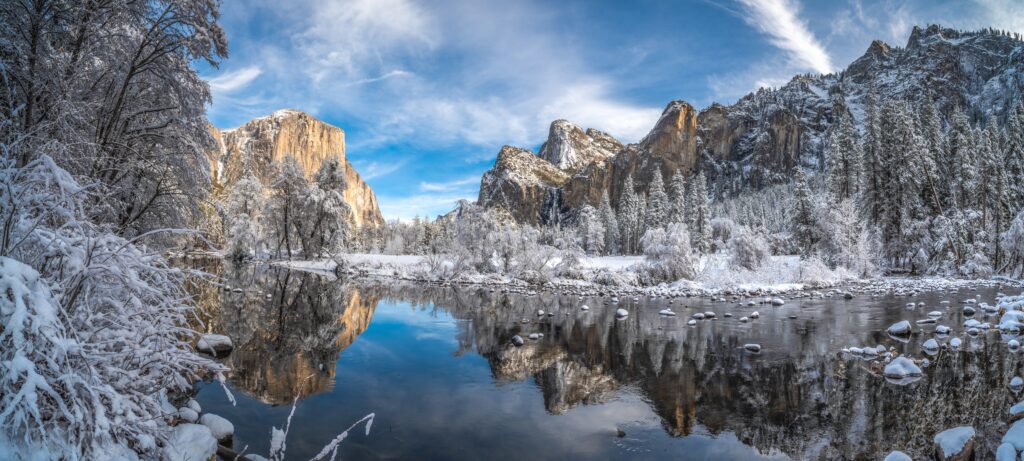Nestled in the heart of Angola, Longa-Mavinga National Park is a hidden gem that offers a unique blend of breathtaking landscapes, rich biodiversity, and cultural heritage. Encompassing over 3,500 square kilometers, this national park is not only the largest protected area in Angola but also a treasure trove of ecological wonders and a sanctuary for various wildlife species. In this blog post, we will explore Longa-Mavinga National Park’s history, geography, flora and fauna, attractions, conservation efforts, and practical travel tips for those looking to venture into this African paradise.
A Brief History
Longa-Mavinga was officially established as a national park in 2011, but its rich history predates its formal designation. The region has long been inhabited by indigenous groups, including the San people, who have a deep connection with the land. These communities relied on the park’s diverse ecosystems for their livelihoods, hunting, gathering, and practicing traditional agriculture.
The establishment of Longa-Mavinga National Park was a significant step towards preserving Angola’s natural heritage, particularly following years of conflict and environmental degradation. In addition to protecting wildlife habitats, creating the park aimed to promote sustainable tourism and environmental education for future generations.
Geography and Landscape
The geographical expanse of Longa-Mavinga National Park features a striking variety of landscapes. The park’s terrain primarily consists of savanna, woodlands, and wetlands, interspersed with natural granite outcrops known as inselbergs. This diverse geological landscape creates a mosaic of habitats that support an array of flora and fauna.
Climate
The climate of Longa-Mavinga is characterized by a distinct wet and dry season. The rainy season typically spans from November to April, with heavy rains nurturing the lush vegetation. Conversely, the dry season from May to October sees the landscape transform as the flora adapts to less moisture, creating a unique environment for wildlife observation.
Flora and Fauna
Longa-Mavinga National Park is home to an impressive variety of flora and fauna. The park is a haven for many species, some of which are endemic to Angola or critically endangered.
Flora
The park’s plant life showcases the richness of tropical and subtropical ecosystems, with species such as baobab trees, acacias, and various grasses dominating the landscape. The wetlands within Longa-Mavinga also support diverse aquatic plants that contribute to the overall biodiversity of the region.
Fauna
Longa-Mavinga National Park is particularly famous for its populations of large mammals, including:
- African Elephants: As one of the park’s iconic residents, African elephants roam the plains in search of food and water.
- Lions: The park’s healthy ecosystem sustains a small but stable population of lions, making it a prime location for wildlife enthusiasts looking to catch a glimpse of these majestic felines.
- Leopards: Known for their elusive nature, leopards can be spotted in the dense woodlands, where they hunt for prey.
- Buffalo: Massive herds of African buffalo can often be seen grazing in the savanna, constituting an important part of the park’s ecosystem.
In addition to large mammals, the park is home to a variety of bird species, reptiles, and amphibians. Birdwatchers will enjoy spotting colorful birds such as the African fish eagle, hornbill, and various species of herons that thrive along the park’s water bodies.
Major Attractions
Longa-Mavinga National Park boasts a range of attractions that beckon adventurers, nature lovers, and cultural explorers alike. Here are some of the must-visit highlights within the park:
1. The Okavango River
One of the park’s central features is the Okavango River, which forms a unique ecosystem that attracts countless wildlife. The river delta offers exceptional opportunities for boat safaris, allowing visitors to observe animals in their natural habitat. Canoeing along the tranquil waters provides an unforgettable experience and a chance to connect with nature.
2. Wildlife Safaris
Wildlife safaris are perhaps the most popular activity in Longa-Mavinga National Park. Guided tours led by experienced rangers offer visitors the chance to explore the park’s diverse ecosystems and observe animals in their natural settings. Whether on foot or in a vehicle, each safari promises thrilling encounters and unique photo opportunities.
3. Bird Watching
With its rich avian diversity, Longa-Mavinga is a birdwatcher’s paradise. The park is home to more than 400 species of birds, many of which are migratory. Visitors can enjoy birdwatching excursions, identifying both common and rare species while soaking in the stunning landscapes.
4. Cultural Experiences
Longa-Mavinga National Park is surrounded by communities with rich cultural traditions
